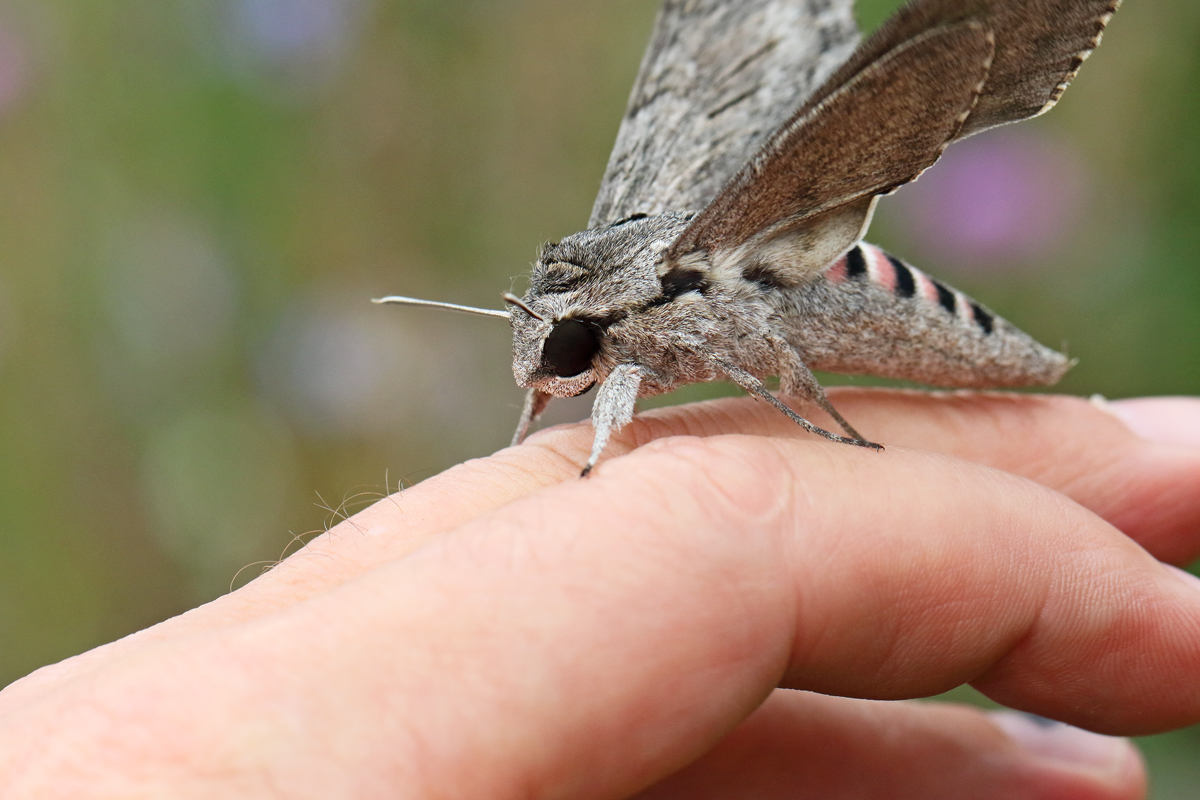Before the post, apologies for no further mentions of the loss of the
Queen. At 96 it shouldn't be such a shock, but it was to a lot of us. Still, I
dont think my thoughts on it will add to this blog, so we will continue as
normal.
Over the weekend we've had a good bit of rain, backed by light north
easterlies since Friday, all looking good for some passerine action along the
coast.
As per usual over recent years, I am too long in the tooth to be suckered in
to high mainland expectations these days, all of the action in Northumberland
was focused on Holy Island, and then some.
Try this lot on Saturday...
Red necked Phalarope, Dotterel, 3 - 4 Rosefinch ( inc a photo of 3 together),
4 Wryneck, Red breasted Flycatcher, Red backed Shrike, Barred Warbler, Black
Redstart, 2 Wood Warbler, Lapland Bunt, Hen Harrier, Osprey with good counts
of common migrants too such as 65 Wheatear, 30 Spotted Fly, 35 Redstart, 16
Tree Pipit, 23 Garden Warbler, 28 Pied Fly, 24 Whinchat ...
Those stats match up with the likes of Spurn or Flamborough .
So what was I to do on Sunday? I asked the oracle that is Twitter, for a
laugh. Should I get up to the Island, a half an hour drive from me, or should
I stick local and go to Boulmer as per. The results were eerily familiar as
you might expect with a referendum. Out of 280 votes, 52% were for Holy Island
and 48% for Boulmer . Interestingly, the battle scarred premiership bird
finders, to a man, said stay with it at home.
So, just as with the last referendum that had an effect on me, I backed the
48%ers and drove 3 miles to Boulmer. Who needs a barrow load of scarce
anyway...
Before I get on to what we found, I can mention my home village patch was
quite pleasing this week with my first Black Tern here since 2011
feeding close in off Rumbling Kern and on Friday a male Redstart and a
weak looking Pied Fly at Cullernose, again good records for here. Viz
migging has been active each morning during Peggy's walk with lots of
Hirundines , Meadow Pipits and a few Yellow Wagtails and Tree Sparrows.
Back to Sunday. We arrived at 6.30am, first light and spent the whole
morning covering to south side as far up as the village. We weren't wading
through a magic carpet of birds but we had a few to keep us going in these
impoverished times.
We began at Seaton Point golf course layby as Meadow Pipits streamed overhead.
4 Siskins put in an appearance arriving from the east as did a lone,
very high Song Thrush. Roadside scrub held a nice
Pied Flycatcher, a Whitethroat, 7 Chiffchaffs ( no willows I could
see). A Yellow Wagtail moved south over head.
A new route along the replacement coast path across the golf course looked
interesting. Here were had 4 Wheatears but little else.
Dropping down on to the beach, a Spotted Flycatcher looked damp as it
perched on the sand and seaweed where there were flies aplenty.
Next, we headed along to Seaton Point. It was nice to see more Private signs
erected. You cant get enough Private signs in Boulmer, the most unfriendly
village.
Near one of them, a second Spotted Flycatcher preened from a fence.
Another dozen Phylloscs here included at least two Willow Warblers,
while another Whitethroat moved around the brambles. It was while
standing here, the loud 'peeez' of a Tree Pipit called overhead. in a
flock of 6 or 8 Meadow Pipits.

|
|
Spotted Flycatchers above.
|
Once we arrived at the eastern end, the sparse hedge that runs north had
another Pied Flycatcher, flicking from bush to fence and to Hogweed
stems and a female Redstart flushed and flew off into thick cover. A
Wheatear was on the plough with more pipits.

|
| Pied Flycatcher. |
The return journey covered more of the same with a new
Blackcap and a male Redstart as additions .

|
|
Poor shot but its a Redstart.
|
We weren't too disappointed that we couldn't unearth anything rarer as this
scatter of drift migrants is a lot better than we usually get. Should we have
gone to Holy Island? No chance. There had been a big clear out up there anyway
so it was much better to find our own stuff down here.
The weather looks like it might give some tasty seawatching conditions from
Thursday this week so watch this space...
















.jpg)
.jpg)
.jpg)